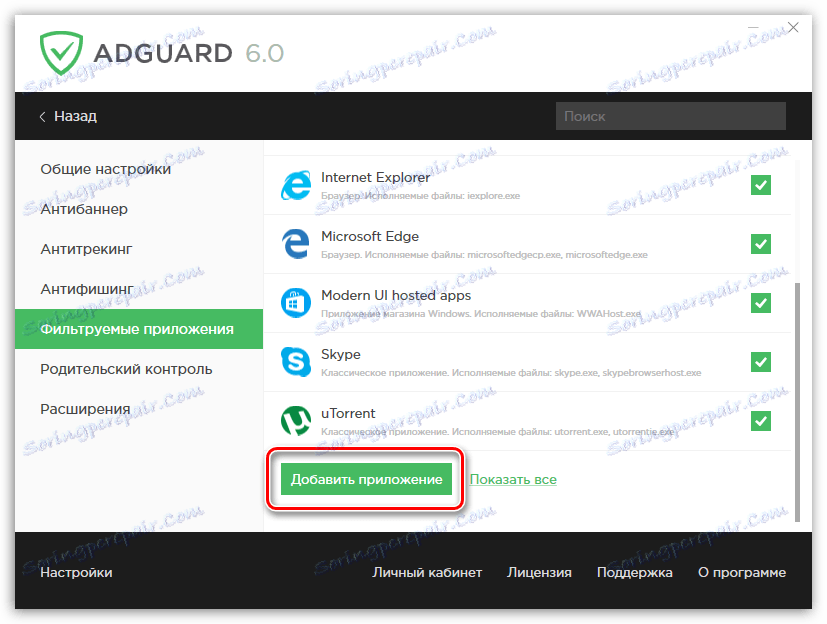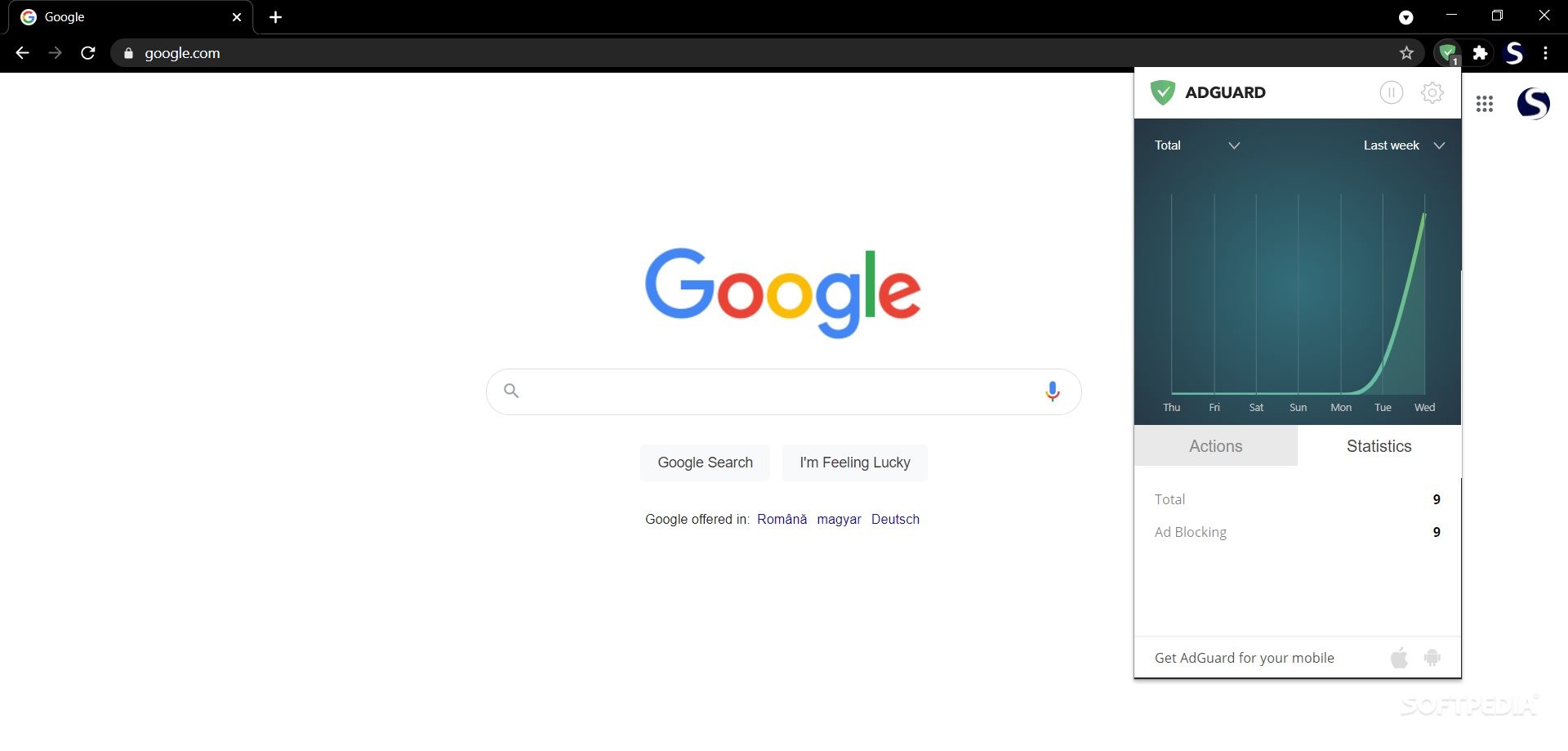

Incognito mode is also great when you’re using someone else’s device.

Ad tracking doesn’t care if you want to plan the perfect surprise proposal! Using Incognito mode prevents these targeted ads from appearing in new windows once you’ve closed out of your private browsing session. And then, your partner starts seeing ads for engagement rings and asks questions. You spend hours online researching the perfect ring. Imagine you’d like to surprise your partner with an engagement ring to go along with that really big question you want to ask. If you want to plan a surprise, buy a gift, or research things that may be deeply personal to you (like physical or mental health topics), Incognito mode can keep your browsing history private from anyone else using your device. Especially if you’re searching for something you’d rather keep to yourself. While your privacy isn’t necessarily protected in Incognito mode, it does come in handy. Your Internet Service Provider (ISP) can still track the websites you visit, some websites you visit can still track your IP address, and workplace system administrators can still see what you’re doing when you’re working. But that doesn’t mean your activity is completely invisible. When you’re in Incognito mode, Chrome doesn’t record the web addresses you’ve visited or store your cookies and site data. Private browsing simply means that other people that use your device won’t be able to see your search or browsing history. But what does that actually mean? And how do you use your Google Chrome ad blocker in Incognito mode? All you have to do is open a new Incognito browser window and voila! You’re browsing privately. If you’re a Google Chrome user, you have the option of privately browsing the web with Google’s Incognito mode.


 0 kommentar(er)
0 kommentar(er)
